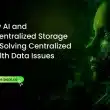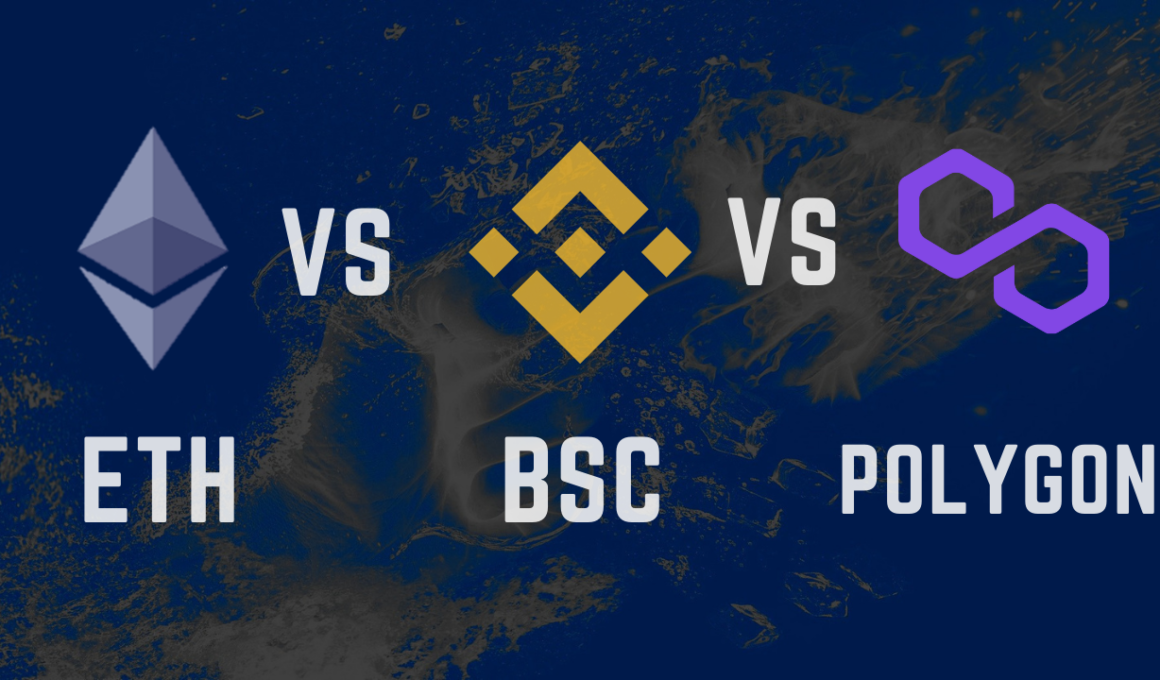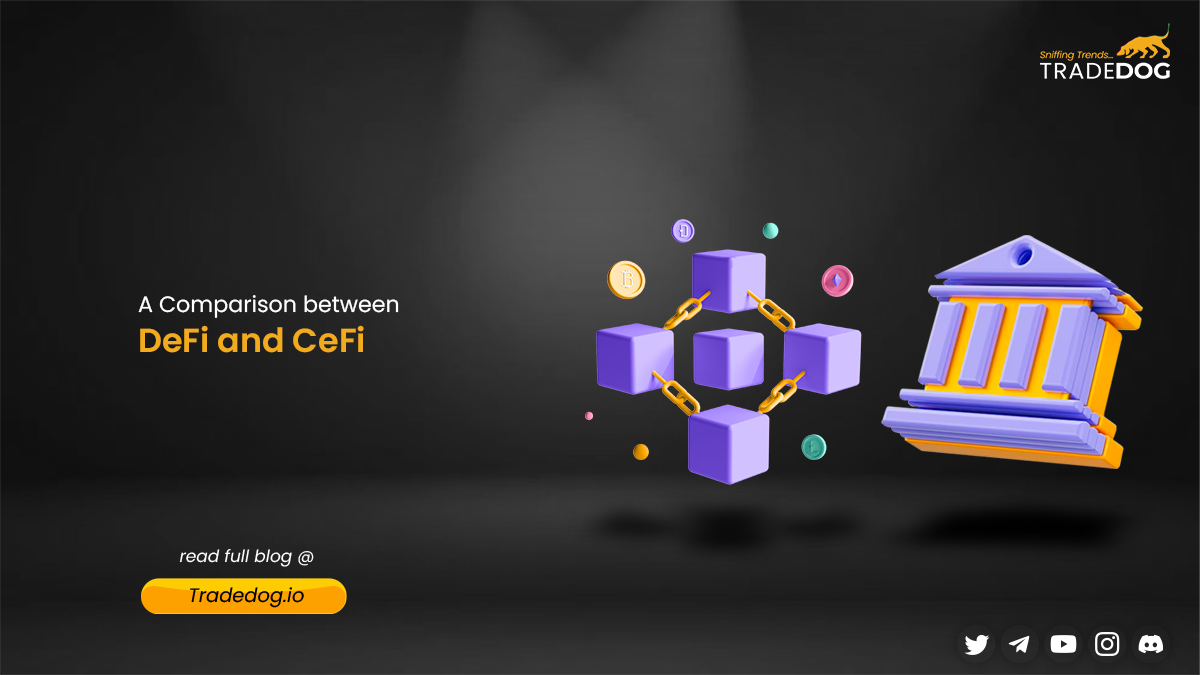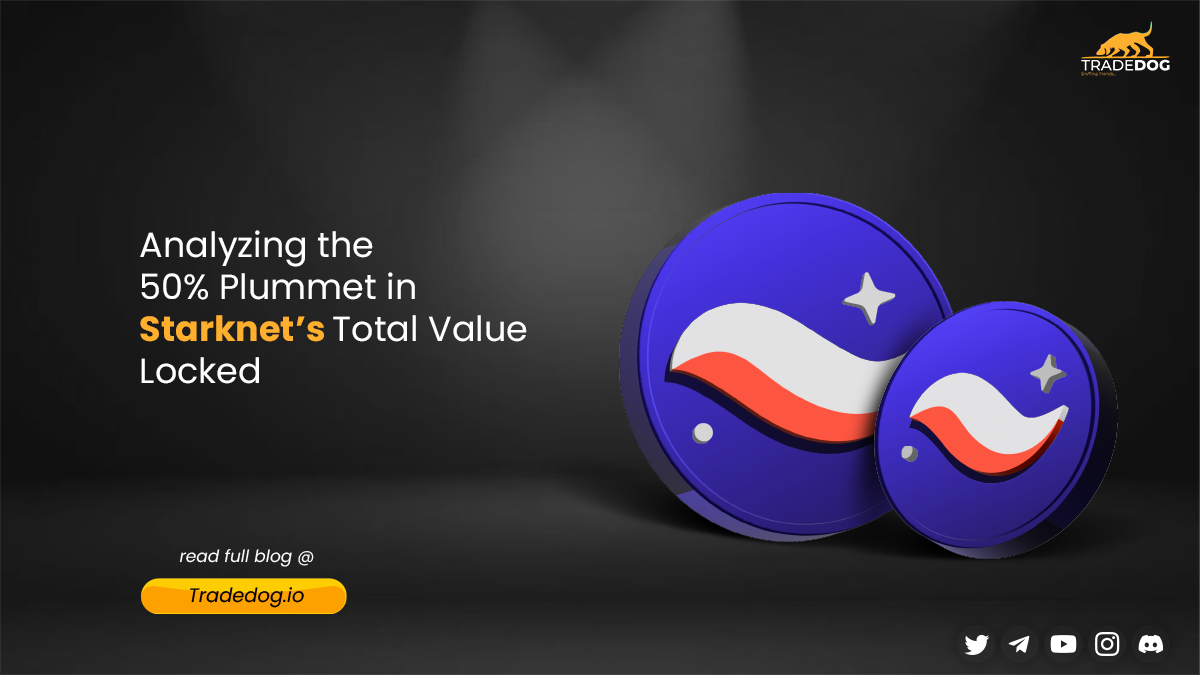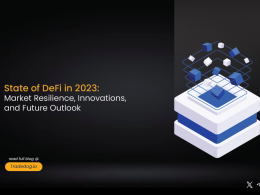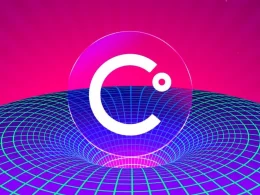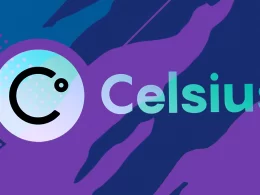Just like how app developers can build an app on Apple’s iOS operating system, they can also do the same on top of blockchain technology. Built on the blockchain network, dApps use smart contracts to create democratized platforms in different industries. The use of smart contracts makes central bodies or intermediaries redundant from the ecosystem entirely.
While dApps resemble regular web apps on the front-end for users, the back-end is however very different from their much more traditional counterparts. Rather than communicating with the broader network using the HTTP protocol, dApps connect to the blockchain in a decentralized way instead of using centralized servers.
About 21,800 smart contracts have been created on over 3,500 dApps in the DeFi space and these apps account for a 24H volume high of $17.51M. With over 10,000 users a day at the peak, there are a couple of reasons why the adoption of dApps has been increasing lately. For one, dApps are open-sourced. They allow for approval of changes by users and developers and their codebases are open to scrutiny. With dApps, there is trust in the system, unlike traditional web applications where marketing and PR stunts are used to conceal the shortcomings of these platforms. There is also guaranteed execution because the networks never go offline. With millions of nodes around the world, apps built on the blockchain never go offline.
There are different blockchain platforms, and in this article, we’ve tried to highlight a couple of them.
ETHEREUM
With a market capitalization of $324B, Ethereum is the biggest dApp library. The No.2 cryptocurrency in terms of market value has its own native language known as Solidity which gives developers the ability to build smart contracts using the Ethereum Virtual Machine (EVM). The EVM is a piece of software that allows developers to launch dApps irrespective of the codes those apps were built with. Ethereum is run by over 5000 volunteers around the globe, known as nodes. With Ethereum, developers are able to launch their apps and get them up and running in a shorter time frame than on other blockchains. Developers can also monetize their apps on the Ethereum network by utilizing the native tokens also known as Utility tokens. These tokens on the Ethereum network obey the ERC-20 standard. The ERC-20 standard contains a set of rules that ensures the flawless interaction between Ethereum-based tokens.
All of these have ensured the fast adoption of Ethereum as the go-to network for developing decentralized applications. The one major downside to the network is high gas prices as a result of the high growth and demand. With an average transaction fee of 0.0022 ETH ($6.24 USD), Ethereum has one of the highest gas prices amongst the layer 1 infrastructure providers. This is a problem other networks are looking to take advantage of and solve and it has gotten a large part of the blockchain ecosystem looking away from Ethereum.
BINANCE SMART CHAIN (BSC)
Unlike Ethereum which is a full preacher of the ideals of DeFi, the BSC is more centralized-Decentralized Finance (CeDeFi). Theirs are a central controlling body; the Binance company. Binance has control over a huge amount of the Binance Coin (BNB) which has 21 nodes elected by its holders. While Ethereum is unlikely to face any third-party issues, that risk exists in BSC.
Ethereum continues to have the largest number of dApps on its blockchain because most innovation in the DeFi space is happening there. The BSC infrastructure however is speedily catching on and is steadily increasing the size of its network. For one, it is quite easy to make BSC apps that are exactly like the ones on Ethereum because BSC is compatible with the Ethereum Virtual Machine (EVM). Also, BSC’s adoption so far is rapid because Ethereum already helped with popularizing and educating people about DeFi. According to Arcane Research, Binance Smart Chain’s current TVL is $47.3B, and Just about three weeks ago, BSC surpassed Ethereum’s daily transactions by an enormous 600% when it reached 9M in daily transaction volume. Surpassing Ethereum’s all-time high (ATH) of 1.5M in transactions for a day.
Another and perhaps the major reason a lot of people are adopting BSC is its cheaper transaction fees compared to that of Ethereum. With a daily average fee of around 20+ Gwei for BSC (where 1 gwei is 10-9 or 0.000000001 BNB) and between 150 – 375 Gwei for Ethereum, the difference is glaring. Transactions are carried out at high speed because of BSC’s ~5-second block time and a Proof-of-Authority (PoA) consensus mechanism. Because of all of these, retail users run to the BSC network and it can be comfortably said that its low fees are the most attractive feature of BSC.
POLYGON
With nearly 150,000 wallets created and formerly known as the Matic Network, Polygon is an Ethereum-based token that powers the entire Polygon Network. The so-called Ethereum’s internet of blockchains serves as a layer 2 scaling solution for building and connecting Ethereum-compatible blockchain networks. Sandeep Narwal, Jaynti Kanani, and Anurag Arjun co-founded Polygon in 2017, and the goal was to solve the problems associated with high fees and slower transactions on the Ethereum network. According to Messari, the price of MATIC, the native token of Polygon, has gone up by more than 9,535% in the last year. This is evidence of how much growth and adoption the network has been through.
Polygon’s Influence
The Ethereum-based platform recently received an investment from billionaire investor Mark Cuban. In an email to Coindesk, Cuban confirmed the investment in Polygon. He said in the email, “I was a Polygon user and find myself using it more and more”. The owner of the NBA franchise Dallas Mavericks also said he’ll be integrating Polygon into his portfolio company, Lazy.com. Polygon would help solve the issue of high gas fees on the Lazy.com platform, a Non-Fungible Token (NFT) company. This would enable retailers to sell lower-priced NFTs on the platform.
Also in another partnership deal, Google Cloud announced that it now provides Blockchain insights for the Polygon Network using integration with Google BigQuery to enable developers to analyze on-chain data on Polygon in a more simple way. Benefits of this integration will include the monitoring of smart contracts and gas fees and also determining popular dApps and tokens on the network. Polygon said the integration “will go a long way towards growing and building the Polygon and Ethereum ecosystems”.
CONCLUSION
DeFi and dApps are growing exponentially and the constant improvement of these blockchains and platforms can only make the space a lot more competitive, therefore giving users the best services.
The near future is bright as more and more protocols and ecosystems are built and established in the DeFi space.

